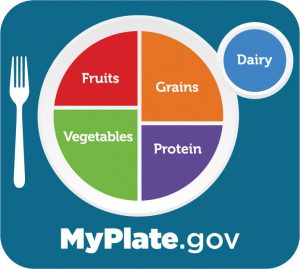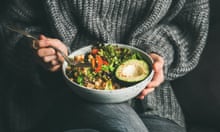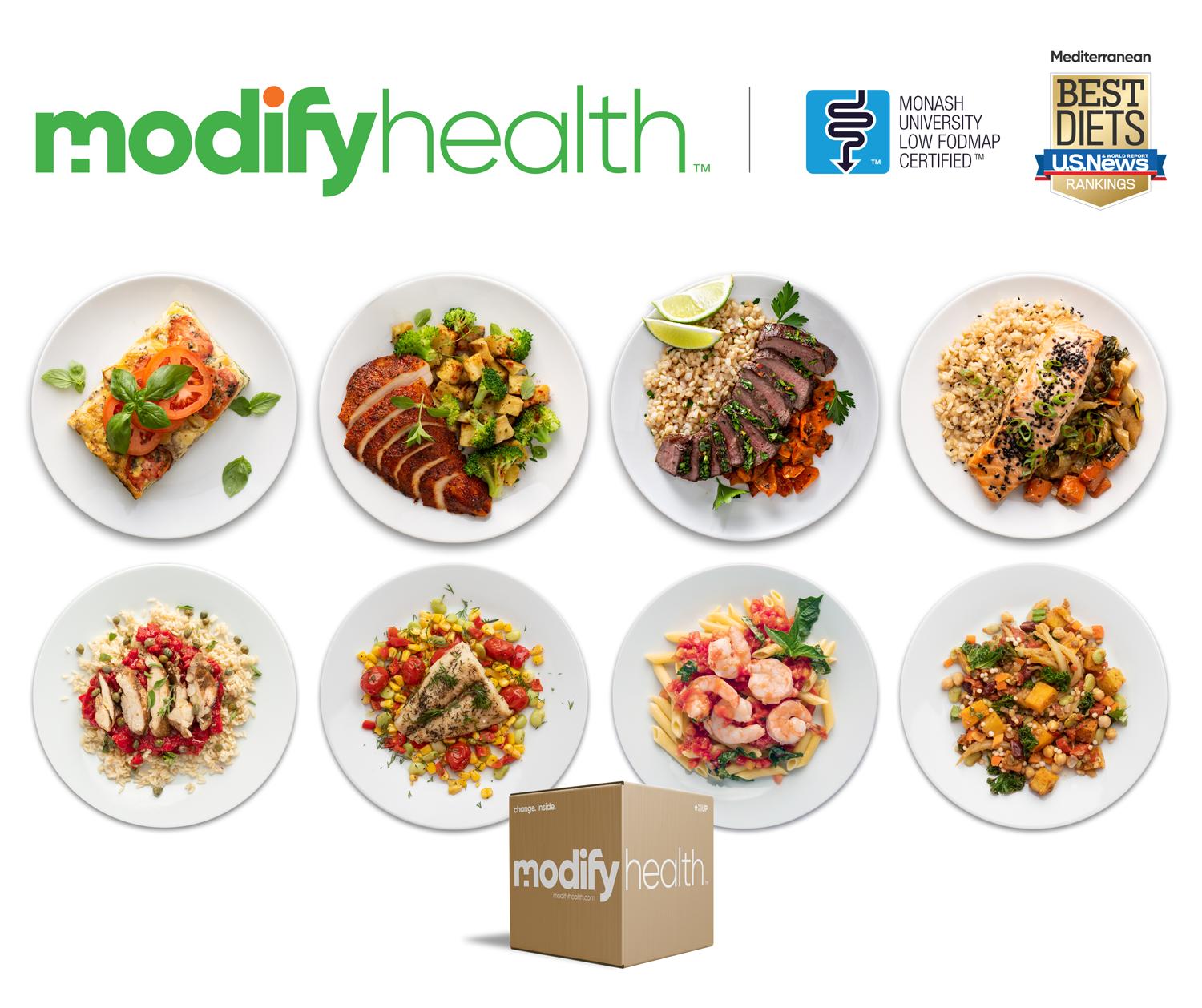
Vegetarianism, a diet that is solely plant-based, is called a vegetarian diet. It is based upon several religious, ethical and nutritional principles. Many people are vegetarian because they believe it is good for their health. Others do so for the environmental benefits of animal farming, which requires a lot more land. Some vegetarians in western countries refuse to eat animal flesh due to religious or ethical reasons.
Pollotarians like chicken, but avoid any other meat products
A pollotarian lifestyle is a variation of the vegetarian one. The diet allows people to eat chicken, other poultry, but it does not allow them to consume red meat, pork or dairy. Pollotarians eat a variety plant-based foods, such as vegetables, seeds, nuts, and seeds. They might also eat eggs and seafood.

Another type of vegetarian diet is the pollotarian. This is a sub-group that includes pescatarians. A pollotarian has a diet that includes chicken, fish eggs, eggs, dairy products and red meat, but not red meat. This diet is a great choice for anyone concerned about the harmful effects of red-meat on their health. It's also less restrictive than most other vegetarian diets, making it easier for people to switch.
Lacto vegetarians are lacto-ovo, meaning they eat dairy products but not eggs.
Lacto-ovo is a relatively new breed of vegetarian. It is often confused for vegans. They are a plant-based vegetarian, but they don't strictly avoid meat and eggs. This type also includes dairy products into their meals. However, there are several differences between the two types of vegetarians. Dairy products should be included in your diet if your goal is to get enough protein.
Lacto-ovo vegans eat fish, dairy products, but no eggs or poultry. This diet is a type of vegetarian but has many health benefits. This type of vegetarian diet can be beneficial for people at all stages of their lives.
It's a money-saver
Vegetarianism has many benefits. Studies have shown that vegetarians are less expensive than those who eat meat-based meals. The annual cost of a vegetarian diet is approximately 750 dollars lower than that of a meat-based. Vegetarians also get more fruits and vegetables, and some can save as much as 840 dollars per year by reducing their consumption of meat.

The best way to save money is to not have to pay for expensive substitutes or organic greens. A vegetarian's grocery lists usually include only affordable foods, which can be a huge money saver. He avoids dining out and prepares his meals at home, which saves him money. Another benefit of vegetarianism: it's more sustainable for the earth. The average American family throws aside $1,820 annually in food waste, much of it healthy.
FAQ
What are 10 healthy habits you can adopt?
-
Get breakfast every morning.
-
Don't skip meals.
-
Eat a balanced, healthy diet.
-
Get plenty of water.
-
Take care your body.
-
Get enough sleep.
-
Avoid junk foods.
-
Do some form of exercise daily.
-
Have fun
-
Make new friends
How can I live a life that is full of joy every day?
To live a happy life, the first step is to discover what makes you happy. Once you are clear about what makes you happy and satisfied, you can move on to the next step. Asking others about their lives can help you to see how they live the best life possible.
You can also read books like "How to Live Your Best Life" by Dr. Wayne Dyer. He discusses finding happiness and fulfillment throughout our lives.
What is the difference among a virus or bacterium and what are their differences?
A virus is an organism microscopic that can't reproduce outside its host cells. A bacterium (or single-celled organism) reproduces by splitting itself into two. Viruses can be as small as 20 nanometers, while bacteria can grow up to 1 micron.
Viruses can be spread by contact with bodily fluids containing infected substances, such as saliva, urine and semen. Bacteria are often spread via direct contact with contaminated surfaces and objects.
Viruses can enter our bodies through cuts, scrapes, bites, or other breaks in the skin. They can also enter the body through the nose and mouth, eyes, ears or rectum.
Bacteria can be introduced to our bodies by cuts, scrapes or burns. They may also come into our bodies through food, water, air, soil, dust, or animals.
Viruses and bacteria both cause illness. However, viruses cannot reproduce within their hosts. Viral infections can only cause diseases in living cells.
Bacteria can cause illness by multiplying in the body. They can even invade other parts of the body. They can even invade other parts of the body, which is why antibiotics are necessary to eradicate them.
Why should we have a healthy lifestyle to begin with?
Healthy living can lead to a longer and happier life. Good nutrition, exercise regularly, good sleep habits, and stress control can help you avoid diseases such as heart disease and stroke.
A healthy lifestyle will improve our mental well-being and help us deal better with everyday stresses. Healthy living will boost self-confidence and make you look and feel younger.
What should you eat?
Eat lots of fruits and vegetables. They provide vitamins and minerals to keep your immune systems strong. Fruits and veggies are also high in fiber, which makes them filling and helps with digestion. You should eat at least five servings per day of fruits and vegetables.
Make sure you drink plenty of water too. Water flushes out toxins and helps you feel full between meals. Drink about eight glasses each day.
Whole grains are better than refined grains. Whole grains are rich in nutrients such as iron, zinc and magnesium. Refined grains have been stripped of some of their nutrition.
Avoid sugary drinks. Sugary drinks can be a source of empty calories, which can lead to obesity. Instead, drink water, milk, or unsweetened Tea.
Avoid fast food. Fast food lacks nutritional value. While it might taste good, it won't give your body the energy it needs to function properly. Instead, stick to healthier options like soups and sandwiches, pasta, and salads.
Try to limit alcohol intake. You should limit your alcohol intake as it contains empty calories and can lead to poor nutrition. Limit the number of alcoholic beverages you consume per week to no more that two.
Try to cut down on red meat. Red meats contain high amounts of saturated fat and cholesterol. Choose lean cuts such as beef, pork and lamb, chicken, fish, or turkey.
Which lifestyle is best for your health?
A healthy lifestyle means eating healthy foods, exercising regularly, sleeping well, and avoiding stress. This will ensure that you live a long healthy life.
You can start by making small changes in your diet and exercise routine. If you're looking to lose weight, walk for 30 minutes each morning. Swimming or dancing are great options if your goal is to become more active. You can also sign up for an online fitness program like Strava or Fitbit to track your activity.
Statistics
- Extra virgin olive oil may benefit heart health, as people who consume it have a lower risk for dying from heart attacks and strokes according to some evidence (57Trusted Source (healthline.com)
- nutrients.[17]X Research sourceWhole grains to try include: 100% whole wheat pasta and bread, brown rice, whole grain oats, farro, millet, quinoa, and barley. (wikihow.com)
- The Dietary Guidelines for Americans recommend keeping added sugar intake below 10% of your daily calorie intake, while the World Health Organization recommends slashing added sugars to 5% or less of your daily calories for optimal health (59Trusted (healthline.com)
- WHO recommends consuming less than 5% of total energy intake for additional health benefits. (who.int)
External Links
How To
How to Live A Healthy Lifestyle
A healthy lifestyle is one where you are able to maintain your weight, your health and your fitness level. It is a lifestyle that involves eating healthy, exercising regularly and avoiding drugs, alcohol, nicotine, and tobacco. Healthy lifestyles help you to feel great about yourself, stay active, and be healthy. You are also less likely to develop chronic diseases such heart disease and stroke, diabetes or cancer.
This project had the main objective of providing a step-by–step guide to living a healthier lifestyle. The introduction was the first portion of the project. It describes the benefits of living a healthy life, what it means, and who we should be. The body paragraphs contain tips on how you can maintain a healthy lifestyle. Finally, I wrote the conclusion, which summarizes the whole article and provides some additional resources if needed.
This assignment helped me learn how to write a clear and concise paragraph. I learned how topic sentences and supporting details were organized. Additionally, I learned how to organize my ideas into topic sentences and supporting details. Finally, I learned how to properly use grammar when writing.